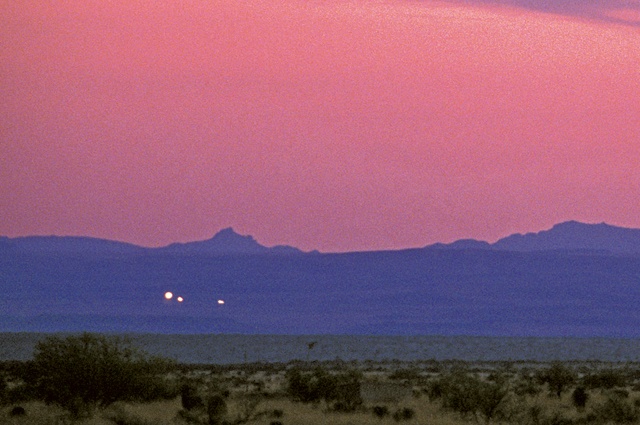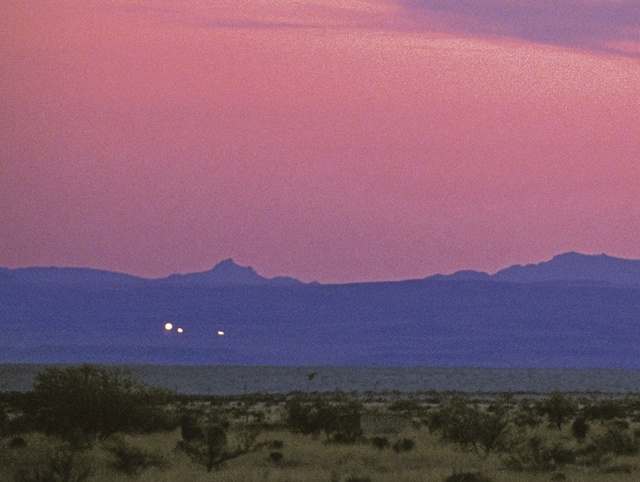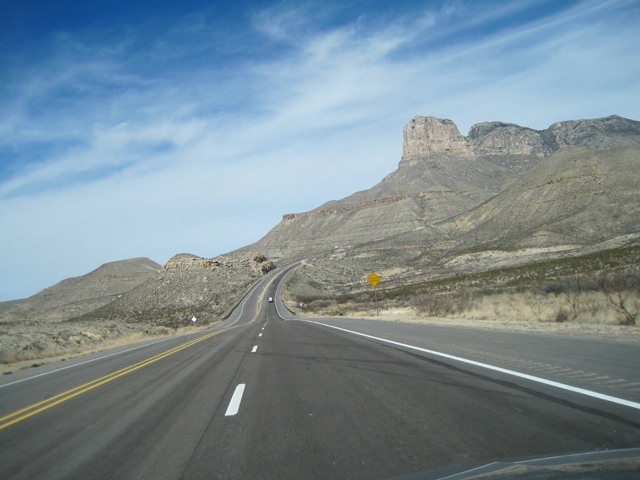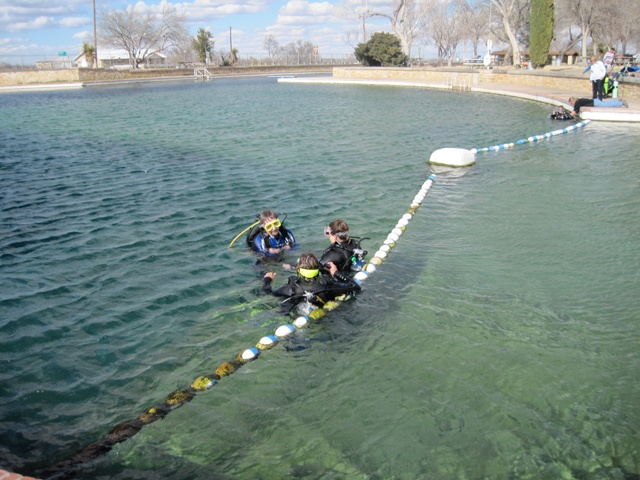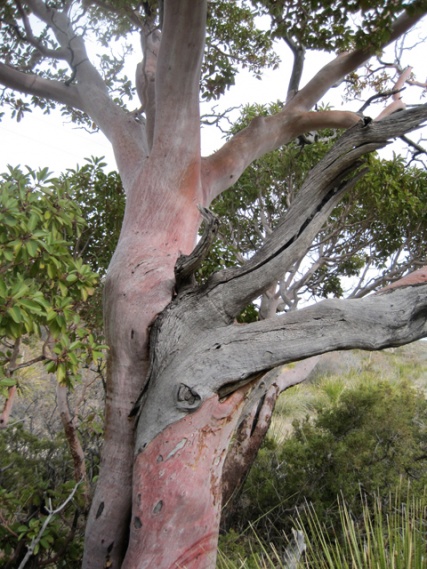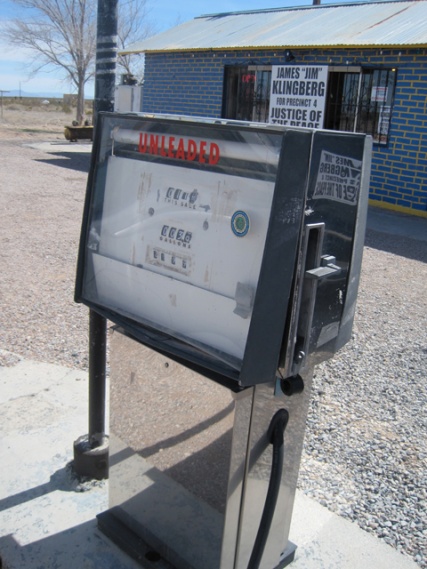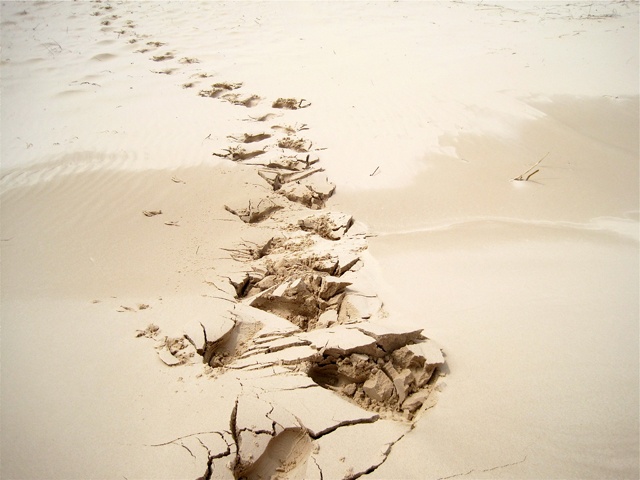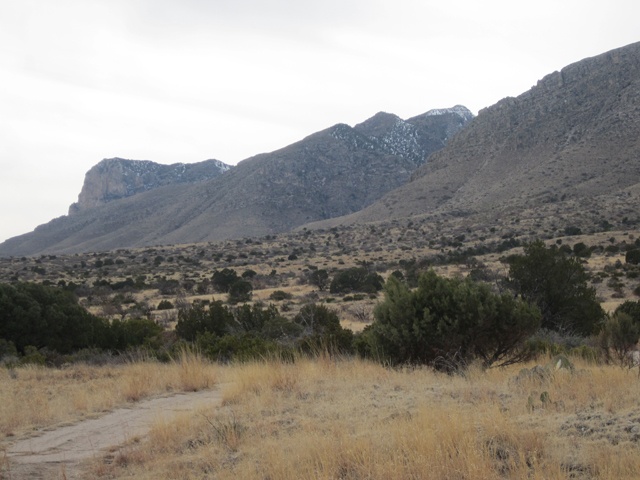The plump, white moon hung high like a lantern in the West Texas sky. Its soft light poured down on the Marfa Mystery Lights Viewing Center, setting the stage—I hoped—for an otherworldly night of outdoor theater nine miles east of town on U.S. 67/90.
But as a small audience huddled on the observation deck, shivering on a chilly February night under a clear sky full of twinkling stars, I quietly harbored doubts that the real stars would come out: the mystical Marfa lights that Apaches, as legend has it, thought were stars falling to the earth.
Earlier in the day, I’d kicked off a tumbleweed-esque tour of West Texas by skidding down a Monahans sand dune on a plastic disc shaped like a flying saucer. So it now seemed appropriate to be searching the horizon for UFOs.
Still, the whole thing reminded me of ordering Sea-Monkeys from the back of a comic book: Wanting something to be real doesn’t make it real. Besides, the vast desert plains known as the Marfa Plateau, where the lights are said to appear, are virtually uninhabited. And I doubt that the few ranch folks who live out there are trying to fool tourists by duct taping spotlights to yucca plants.
So where on earth do the lights come from? Well, maybe they’re not earthly at all … I was just about to give up on seeing them when a ghostly red light flickered like a campfire far off in the darkness. Just as suddenly, a perfectly round, white orb materialized out of nowhere. Fading in and out of sight, it slowly zigzagged east across the desert, eerily bouncing like a puppet on a string.
The back of my neck turned cold. And then more lights—too high to be coming from flashlights or cars and too low for aircraft (besides, there were no beams)—popped up in twos and threes, zipping around as though controlled by the precise movements of a mime.
“Have you seen enough to believe?” a man from Fredericksburg asked me. “Yes,” I said, seriously spooked. “I have.”
Seeing is believing. And believing comes easy out here in West Texas where everything—from fiery-red sunsets that go down in flames to the Chisos Mountains that rise like massive pipe organs—is exaggeratedly big, ridiculously beautiful and too astronomical to see in just a few days.
Hyberbole? Nope. Several trips to West Texas over the past year have led me to believe that:
- The best place to lose—and find—yourself is at Big Bend National Park. Fill your spiritual tank by hiking to the Window, a narrow notch in the Chisos with an unforgettable view.
- If I’m patient, I’ll see a wild animal. On a short hike beyond Manzanita Spring at Guadalupe Mountains National Park, I told myself I’d turn around at the big, brown rock just ahead. And then the rock—actually a big, brown elk with a huge rack—raised his head and gave me a once-over.
- Blazing your own trail is not that difficult … unless you sink up to your ankles in sand made spongy by recent snow. Nevertheless, I climbed a 70-foot dune at Monahans Sandhills State Park, sat on my disc and slid down. On my third and final run, I traveled a good 40 feet.
- The Chihuahuan Desert is one oasis after another … such as Marfa’s Food Shark that serves divine Mediterranean dishes from a 1974 Butter Krust delivery truck.
Alas, I’ve only room to mention one historic hotel at which I’ve slept: The Hotel Paisano in Marfa, where luminaries such as Elizabeth Taylor cast their Hollywood glow during the 1955 filming of “Giant.”
All of which leads to one final conclusion: Out here in West Texas, they’ll always leave the lights on.
——————–
Camille Wheeler is a staff writer at Texas Co-op Power magazine.
